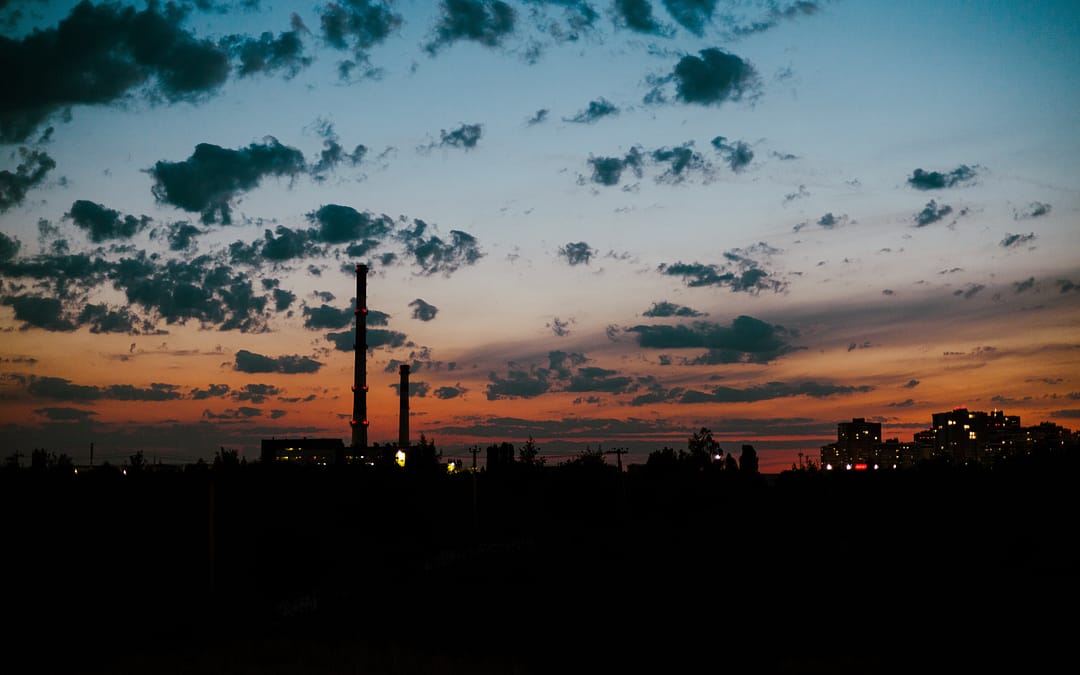Introduction
Seasonal affective disorder (SAD) is a type of depression that is related to the changes in seasons, often starting in the autumn and continuing into the winter months. This transition is associated with decreased temperatures and reduced sunlight exposure. SAD is often resolved during the spring and summer months when temperatures rise and levels of sunlight increase.
This blog will explore the symptoms of SAD and offer helpful advice and support on how to manage it. Don’t brush off that yearly feeling as simply a case of the ‘winter blues’.
Symptoms
The symptoms of Seasonal Affective Disorder include:
- Lack of energy
- Difficulty focusing and concentrating
- Feeling sad, low, tearful, guilty or hopeless
- Feeling angry and agitated
- Sleep problems – either sleeping too much or not enough
- Being susceptible to physical health issues – cold and infections
- Changes in your appetite
- Suicidal feelings
Causes and Risk Factors
There is no specific cause of SAD, however there are some factors that may influence it.
Firstly, our biological clock, also known as our circadian rhythm, may be impacted by the reduced level of sunlight. Our internal clock responds to light as a signal to be awake and dark to fall asleep. When it is dark, our body produces melatonin which makes us feel tired. Therefore, this may change in sunlight may impact our sleep patterns.
Secondly, reduced sunlight can also decrease our serotonin levels. Serotonin is a brain chemical that affects our mood and how we feel. As a result, lack of sunlight can cause a drop in serotonin and may trigger depression.
There are a number of risk factors which may make someone more susceptible to SAD:
- Gender. SAD is more commonly diagnosed in women in contrast to men.
- Age. It is more common in younger adults than older adults.
- Family history. Those with a family history of mental health issues may be more at risk.
- Low level of vitamin D. Some vitamin D is produced in the skin when it’s exposed to sunlight. Vitamin D can help to boost serotonin activity.
Treatment and Management
Depending on the severity of symptoms, treatments for SAD differ.
Light Therapy is an anti-depressant treatment for those suffering with SAD. This involves sitting in front of, or beneath, a light box which produces a very bright light. This light tricks the brain in to making less of the hormone melatonin which makes us feel tired.
Many doctors recommend that people with SAD get up early in the morning and get outside to get more natural light. Spending more time outside with nature can boost our mood. This links to eating a well-balanced diet as well as exercising regularly to provide us with energy.

